Home>Furniture>Outdoor Furniture>What Is The Difference Between Patio And Deck
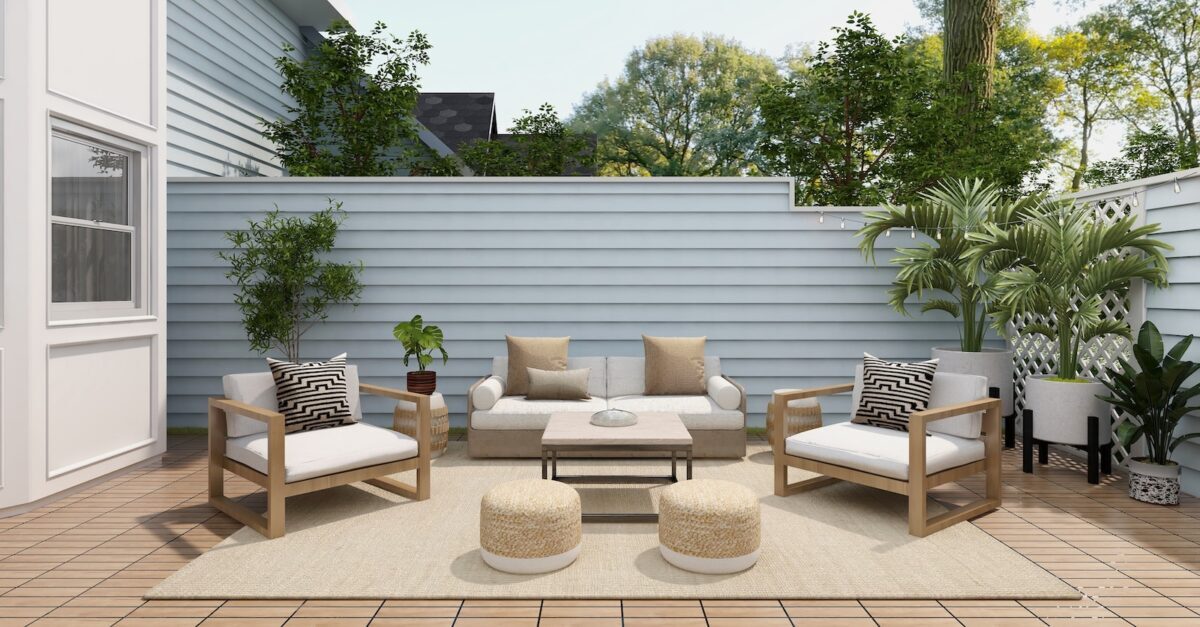

Outdoor Furniture
What Is The Difference Between Patio And Deck
Modified: October 18, 2024
Discover the key distinctions between a patio and a deck and how they can enhance your outdoor space. Explore the best outdoor furniture options for your patio or deck.
(Many of the links in this article redirect to a specific reviewed product. Your purchase of these products through affiliate links helps to generate commission for Storables.com, at no extra cost. Learn more)
Introduction
Welcome to the world of outdoor living spaces! Whether you’re looking to create an inviting space for relaxation or entertaining guests, a patio or deck is a perfect addition to any home. These outdoor extensions provide a seamless transition between your indoor and outdoor spaces, allowing you to fully enjoy the beauty of nature.
But what exactly is the difference between a patio and a deck? Many people use these terms interchangeably, but they actually have distinct characteristics and construction methods. Understanding these differences can help you make an informed decision when it comes to choosing the right option for your outdoor area.
In this article, we will explore the definitions, material choices, construction methods, design options, functionality, costs, and maintenance requirements of both patios and decks. So, let’s dive in and discover the key differences between these outdoor structures!
Key Takeaways:
- Patios are ground-level, versatile, and cost-effective outdoor spaces that seamlessly connect indoor and outdoor areas. They offer customizable designs, easy accessibility, and low maintenance, perfect for relaxation, dining, and entertaining.
- Decks provide elevated views, privacy, and customizable designs, offering additional usable outdoor space. While they require higher upfront costs and regular maintenance, decks create stylish and functional areas for entertainment and relaxation.
Definition of Patio
A patio is an outdoor space that is directly connected to the ground and is typically located at the back or side of a house. It is constructed using a variety of materials such as concrete, brick, pavers, or natural stone. Patios are a popular choice for homeowners who want to create a versatile and durable outdoor living area.
One of the defining characteristics of a patio is its placement on level ground. It can be attached to the house or detached, depending on the layout and preferences of the homeowner. Patios often have a designated seating or dining area, providing a space for outdoor furniture and activities.
The material choices for patios offer a wide range of design possibilities. Concrete patios are popular due to their versatility and affordability. They can be stamped, stained, or painted to create various patterns and colors. Brick and paver patios provide a classic and timeless look, while natural stone patios offer a more rustic and elegant aesthetic.
With a patio, you have the flexibility to customize the shape, size, and layout according to your specific needs and preferences. Whether you want a small cozy space for intimate gatherings or a spacious area for hosting large parties, a patio can be tailored to your desired dimensions.
Furthermore, patios provide a seamless transition between indoor and outdoor spaces, allowing for easy access and flow. They can be designed to complement the architectural style of the house, creating a cohesive and harmonious look.
In summary, a patio is an outdoor space that is directly connected to the ground and typically attached or detached from the house. It offers a wide range of material options, customizable designs, and a seamless transition to create a versatile and enjoyable outdoor living area.
Definition of Deck
A deck is an elevated platform that is constructed above the ground, usually attached to the back or side of a house. Unlike a patio, which is directly connected to the ground, decks are built using a framework of supporting beams and posts to lift them above the surrounding landscape.
Decks are typically made from wood, such as pressure-treated lumber, cedar, or composite materials. Wood decks offer a natural and warm aesthetic, while composite decks provide a low-maintenance and durable alternative.
One of the main advantages of a deck is its ability to create additional usable space in areas with uneven or sloping terrain. By elevating the deck, homeowners can take advantage of panoramic views, maximize their outdoor space, and create a more visually appealing backyard environment.
When constructing a deck, careful attention must be given to the foundation and structural integrity. The supporting beams or joists are secured to concrete footings or piers to ensure stability and prevent any potential shifting or sinking.
Deck designs can vary, depending on the homeowner’s preferences and the architectural style of the house. They can feature multiple levels, built-in seating, stairs, railings, and even amenities like outdoor kitchens or hot tubs. The possibilities are endless when it comes to customizing the design of your deck.
Another advantage of decks is their versatility in terms of placement. They can be built to extend from the main floor of the house or on upper levels to serve as an outdoor extension of bedrooms or living areas.
Overall, a deck offers a higher vantage point, allowing homeowners to enjoy scenic views and create an elevated outdoor living experience. It provides a stylish and functional space for relaxation, dining, and entertainment.
In summary, a deck is an elevated platform attached to a house, constructed with supporting beams and posts. It is made from wood or composite materials and offers the benefit of additional usable space, panoramic views, and customizable designs.
Material Differences
One of the key differences between patios and decks lies in the materials used for their construction.
For patios, common material options include concrete, brick, pavers, and natural stone. Concrete is a popular choice due to its affordability, durability, and versatility. It can be poured into various shapes and sizes, allowing for creativity in design. Brick and pavers offer a classic and timeless look, with the ability to create intricate patterns and designs. Natural stone, such as flagstone or slate, provides a more luxurious and organic aesthetic.
On the other hand, decks are typically constructed using wood or composite materials. Wood decks, often made from pressure-treated lumber, cedar, or exotic hardwoods, have a traditional and warm appearance. They can be stained or painted to enhance their natural beauty and protection against the elements. Composite decking, made from a mixture of wood fibers and recycled plastic, offers a low-maintenance alternative. It is resistant to rot, insects, and fading, making it a popular choice for homeowners seeking a more durable and long-lasting option.
The choice of materials for your outdoor space should take into consideration factors such as climate, maintenance requirements, aesthetics, and budget. Patios offer a wide variety of material options to suit different styles and budgets, but they may require regular maintenance, such as sealing or replacing cracked or damaged pavers. Decks, on the other hand, provide a range of wood or composite choices with varying levels of maintenance and cost.
In summary, patios are commonly constructed with materials such as concrete, brick, pavers, or natural stone, while decks are predominantly made from wood or composite materials. The choice of materials depends on factors such as aesthetics, maintenance, and budget considerations.
Construction Differences
When it comes to the construction process, patios and decks have distinct methods that set them apart.
Building a patio typically involves excavating the area to create a level surface. The ground is prepared by removing any vegetation or debris and ensuring proper drainage. A layer of gravel or crushed stone is then added as a base, followed by the chosen material, whether it’s concrete, brick, pavers, or natural stone. The material is placed and secured into position, typically with mortar or sand, and then finished with edging to create a clean and polished appearance. The construction of a patio is generally straightforward and can be accomplished by homeowners or experienced professionals.
On the other hand, constructing a deck requires more complex processes. It starts with designing the deck layout and obtaining any necessary permits or approvals. The next step is creating a solid foundation, which involves digging holes for concrete footings or piers. The supporting beams or joists are then installed, secured to the foundation, and leveled. Finally, the deck boards are laid and fastened to the framework, taking into account proper spacing and alignment. Building a deck often requires the expertise of professionals, particularly when it comes to structural integrity and adherence to building codes.
Due to the elevation factor, decks may also require the addition of railings and stairs for safety purposes. These elements must meet specific height and spacing regulations to ensure compliance with building standards. Patios, being at ground level, typically do not require railings unless there are specific local building codes or safety concerns.
In summary, the construction process of patios involves preparing the ground and placing the chosen material, while decks require a more complex process of constructing a solid foundation and installing supporting beams and joists. Decks may also require the addition of railings and stairs to comply with safety regulations.
Design Differences
When it comes to design, both patios and decks offer a range of possibilities to create unique outdoor spaces that suit your style and preferences.
With patios, the design options are diverse, thanks to the variety of materials available. Concrete patios can be stamped, stained, or painted to mimic the look of natural stone, brick, or tile. This allows you to create patterns, textures, and colors that complement your home’s architecture or match your personal taste. Brick and paver patios offer the flexibility to create intricate designs and geometrical patterns. Natural stone patios provide a more rustic and organic look, with each stone offering its unique texture and color variations.
Deck designs, on the other hand, focus more on the arrangement and layout of the elevated platform. Multiple levels can be incorporated to create visual interest and separate different activity areas. Built-in benches, planters, or storage can be added to provide aesthetic appeal and functionality. Railings can be customized with different materials and designs to enhance safety and style. Some homeowners even choose to integrate outdoor amenities such as fire pits, hot tubs, or outdoor kitchens into their deck design, transforming their outdoor space into a true oasis.
Another aspect to consider in design differences is the flexibility in shape and placement. Patios can adapt to any space, regardless of its shape or size. They can be designed to fit perfectly into your backyard, making the most of the available area. Decks, on the other hand, can be built in various configurations, such as rectangular, square, or even curved designs. They can extend from the main floor of the house or be located on upper levels, providing different perspectives and views.
The design of both patios and decks can be further enhanced with the addition of outdoor furniture, lighting, and landscaping elements. These finishing touches help create a cohesive and inviting outdoor living space that reflects your personal style and preferences.
In summary, patios offer design possibilities through the choice of materials and patterns, while decks focus on the arrangement and layout of the elevated platform. Both can be customized with various features, furniture, lighting, and landscaping to create a unique and inviting outdoor space.
A patio is typically made of concrete or stone and is at ground level, while a deck is usually made of wood or composite materials and is elevated off the ground. Consider the location, materials, and desired use when deciding between a patio and a deck for your outdoor space.
Functionality Differences
When it comes to functionality, both patios and decks serve as valuable outdoor living spaces, but they offer different benefits and features.
Patios are versatile and can be used for a variety of activities. They are often seen as an extension of the indoor living space, providing an open-air area for relaxation, dining, and entertaining. Patios are great for hosting gatherings and barbecues, setting up outdoor furniture, and creating an inviting atmosphere for family and friends. They offer a seamless transition between the indoor and outdoor areas, allowing for easy access and flow.
Since patios are located at ground level, they are easily accessible for people of all ages and abilities. They are also suitable for families with children or pets, as the risk of falling from a significant height is eliminated. Patios are perfect for creating a safe play area or a cozy corner to enjoy the natural surroundings.
Decks, on the other hand, offer a different level of functionality due to their elevated nature. The elevated platform provides an elevated view, allowing you to enjoy scenic vistas and the surrounding landscape. This can be particularly advantageous if your house is situated in an area with beautiful views, such as a lake, mountain, or cityscape.
Decks also provide a sense of privacy and seclusion, especially if it is built on the second or higher levels of the house. This elevated space can be a retreat for relaxation and solitude. Additionally, decks have the potential to create additional usable outdoor space in areas with uneven or sloping terrain, maximizing your property’s potential.
Furthermore, decks are often designed to accommodate various amenities and outdoor features. You can incorporate elements such as outdoor kitchens, hot tubs, or fire pits into your deck design, transforming it into a hub for outdoor living and entertainment.
In summary, patios provide a versatile and accessible outdoor living space, while decks offer elevated views, privacy, and the potential for additional usable space. Both options provide ample opportunity for relaxation, dining, and entertaining.
Cost Differences
When it comes to cost, both patios and decks have different factors that can influence the overall expenses.
Patios tend to be more cost-effective compared to decks, primarily due to the materials used. The cost of patio construction may vary depending on the chosen material, such as concrete, brick, pavers, or natural stone. Concrete patios are generally the most affordable option, while brick, pavers, and natural stone tend to increase the overall cost due to their higher material and installation expenses.
Moreover, the size and complexity of the patio design can also impact the cost. Larger or more intricate patio layouts may require more material and labor, resulting in higher costs. Additional features such as built-in seating, fire pits, or overhead structures can also affect the overall budget.
On the other hand, deck construction tends to have a higher initial cost compared to patios. The cost of building a deck is influenced by factors such as the size, height, material choice, and design complexity. Wood decks are generally less expensive compared to composite materials, but they may require more maintenance over time.
It’s important to consider future maintenance costs when comparing patios and decks. Patios generally have lower long-term maintenance expenses compared to decks. Concrete patios may require occasional sealing, and brick or paver patios may need occasional repairs or replacements. Wood decks, however, require regular maintenance, such as staining or sealing every few years to protect against moisture, rot, and UV damage. Composite decks, while requiring less maintenance, often come at a higher upfront cost.
In summary, patios tend to be more cost-effective compared to decks, with the overall cost influenced by the material choice, size, complexity of the design, and additional features. Decks generally have a higher initial cost, and ongoing maintenance expenses should be considered when comparing long-term costs.
Maintenance Differences
When it comes to maintenance, there are notable differences between patios and decks that should be considered.
Patios, depending on the material used, generally require minimal maintenance. Concrete patios may need occasional cleaning, and in some cases, sealing to protect against stains and weathering. Brick and paver patios may require inspection and repairs if any individual bricks or pavers become damaged or dislodged. Natural stone patios may need periodic sealing to maintain their appearance and durability. Overall, patios offer a relatively low-maintenance outdoor space.
On the other hand, decks require more regular maintenance, especially those made of wood. Wood decks are susceptible to weathering, fading, splintering, and rot if not properly cared for. Regular maintenance for wood decks includes cleaning, staining, sealing, and periodic inspections for any signs of damage. Staining or sealing should be done every few years to protect the wood from moisture, UV rays, and other elements. Composite decking, while requiring less maintenance than wood, may still require occasional cleaning to remove dirt, debris, and mildew. However, composite decks are generally more resistant to rot, fading, and splintering.
In addition to regular maintenance, both patios and decks may require seasonal upkeep. This includes cleaning off leaves, debris, and any mold or mildew growth. Regular sweeping, washing, and occasional power washing can help keep outdoor spaces clean and inviting.
It’s important to note that the level of maintenance required for patios and decks may vary depending on factors such as climate, exposure to the elements, and the specific materials used. For example, patios in regions with harsh weather conditions or extreme temperature variations may require more maintenance and repairs to withstand the elements.
In summary, patios tend to have lower maintenance requirements compared to decks. Patios may require occasional cleaning, sealing, or repairs depending on the material used. Wood decks, in contrast, require regular cleaning, staining, sealing, and inspections to ensure their longevity and appearance. Composite decks generally have lower maintenance needs but may still require occasional cleaning. Regular upkeep is essential for both patios and decks to keep them in good condition and extend their lifespan.
Pros and Cons of Patios
Patios offer a range of advantages and considerations that should be taken into account when deciding on the best outdoor living space for your home. Here are the pros and cons of patios:
Pros:
- Versatility: Patios provide a versatile outdoor space that can be customized to suit various needs, such as relaxation, dining, and entertaining.
- Accessibility: Patios are located at ground level, making them easily accessible to people of all ages and abilities.
- Cost-effective: Patios tend to be more cost-effective compared to decks, offering a variety of material options to fit different budgets.
- Customizable designs: Patios can be designed in various shapes, sizes, and patterns, allowing for creative expression and matching the architectural style of the house.
- Seamless indoor-outdoor transition: Patios create a seamless flow between the indoor and outdoor areas, enhancing the connection with nature.
- Low maintenance: Depending on the material used, patios generally require minimal maintenance, reducing long-term upkeep costs.
Cons:
- Ground-level limitations: Patios are limited by the existing ground level and may require additional modification if the landscape is not level.
- Less privacy: Patios, being at ground level, may lack the privacy that elevated decks can provide.
- Climate and weather considerations: Depending on the material used, patios may be more susceptible to cracking, shifting, or staining due to extreme weather conditions.
In summary, patios offer a versatile, cost-effective, and low-maintenance outdoor living space. They provide easy accessibility, customizable designs, and a seamless connection between indoor and outdoor areas. However, limitations in terms of ground level and privacy should be considered, along with the need to address climate-specific maintenance requirements.
Pros and Cons of Decks
Decks offer a set of advantages and considerations that are important to consider when weighing your options for an outdoor living space. Here are the pros and cons of decks:
Pros:
- Elevated view: Decks provide an elevated platform, offering panoramic views of the surroundings, whether it’s a scenic landscape or your own backyard.
- Privacy: Decks can provide a sense of privacy, especially if built on higher levels, allowing you to enjoy your outdoor space without feeling exposed.
- Aesthetic appeal: The natural beauty of wood or the modern design of composite materials can enhance the overall aesthetic of your home and create a visually appealing outdoor living space.
- Additional usable space: Decks allow you to create usable outdoor space in areas with uneven or sloping terrain, maximizing your property’s potential.
- Customizable designs: Decks offer flexibility in design, allowing for multi-level configurations, built-in features, and the integration of outdoor amenities.
- Outdoor entertainment: Decks provide a perfect space for outdoor entertaining, hosting gatherings, or enjoying quality time with family and friends.
Cons:
- Initial cost: Decks generally have a higher upfront cost compared to patios, especially when using high-quality materials or incorporating additional features.
- Regular maintenance: Wood decks require ongoing maintenance, including cleaning, staining, sealing, and occasional repairs to protect against weathering and rot. Composite decks usually require less maintenance but may still need periodic cleaning.
- Accessibility: Elevated decks may not be easily accessible for individuals with limited mobility, young children, or pets.
- Weather-related concerns: Decks are more exposed to the elements, which can cause wear and tear over time, requiring regular maintenance or potential repairs.
In summary, decks offer elevated views, privacy, customizable designs, and additional outdoor space. They provide a stylish and functional area for entertainment and relaxation. However, decks require a higher upfront cost and regular maintenance, and their elevated nature may pose accessibility challenges. Weather-related concerns and the need for ongoing upkeep should also be considered before investing in a deck.
Conclusion
When it comes to choosing between a patio and a deck for your outdoor living space, understanding the key differences and considerations can help you make an informed decision. Both options offer unique benefits and considerations that cater to different needs and preferences.
Patios provide a versatile and cost-effective outdoor space, with a wide range of material choices and customizable designs. They offer easy accessibility, a seamless transition between indoor and outdoor areas, and relatively low maintenance requirements. Patios are perfect for those seeking a ground-level outdoor space that is flexible for relaxation, dining, and entertaining.
Decks, on the other hand, provide an elevated platform that offers panoramic views, privacy, and the potential for additional usable space. They offer a wide range of design possibilities, including multi-level configurations, built-in features, and the integration of outdoor amenities. While decks may require a higher upfront cost and regular maintenance, they provide a stylish and functional outdoor living area for those looking to create a retreat above ground level.
Ultimately, the choice between a patio and a deck will depend on your specific needs, budget, and design preferences. Consider the characteristics, material choices, construction methods, functionality, cost, and maintenance requirements of both options. Additionally, take into account the climate, landscaping, and the desired aesthetic appeal that aligns with your home and lifestyle.
Whether you opt for a patio or a deck, both options offer the opportunity to create an inviting outdoor space where you can relax, dine, and entertain. With careful consideration and planning, you can transform your backyard into a beautiful and functional extension of your home, allowing you to fully enjoy the wonders of outdoor living.
Frequently Asked Questions about What Is The Difference Between Patio And Deck
Was this page helpful?
At Storables.com, we guarantee accurate and reliable information. Our content, validated by Expert Board Contributors, is crafted following stringent Editorial Policies. We're committed to providing you with well-researched, expert-backed insights for all your informational needs.

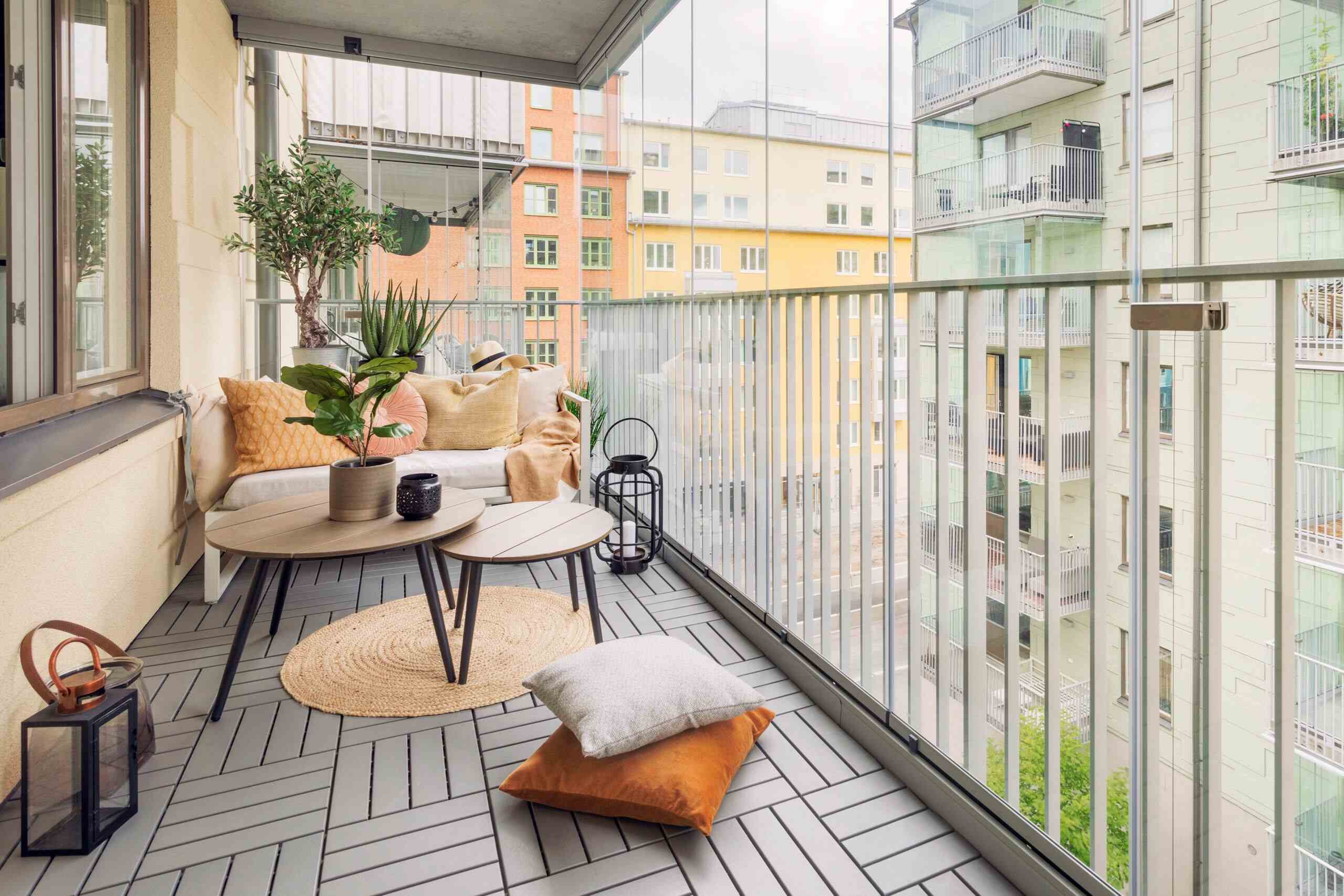
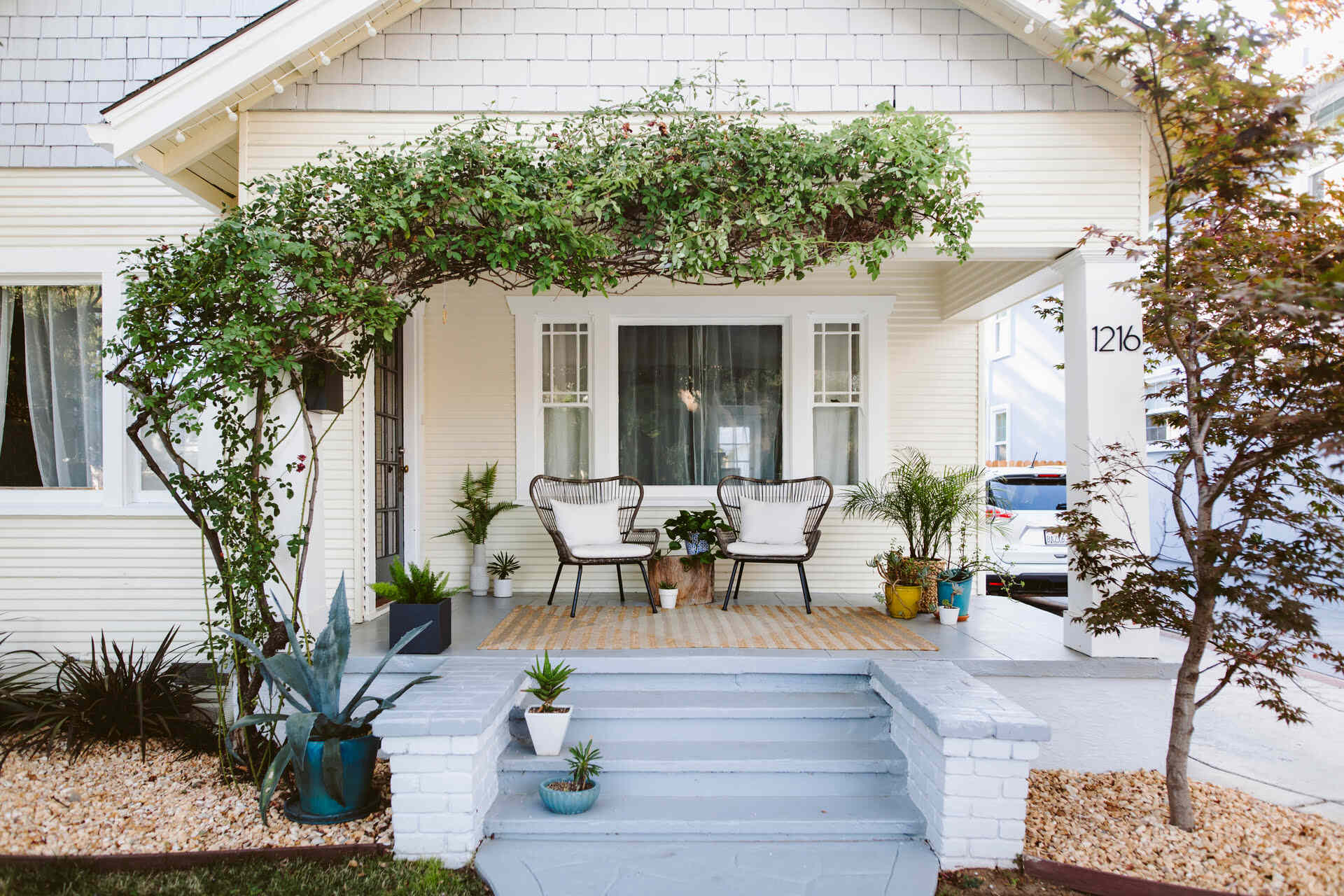

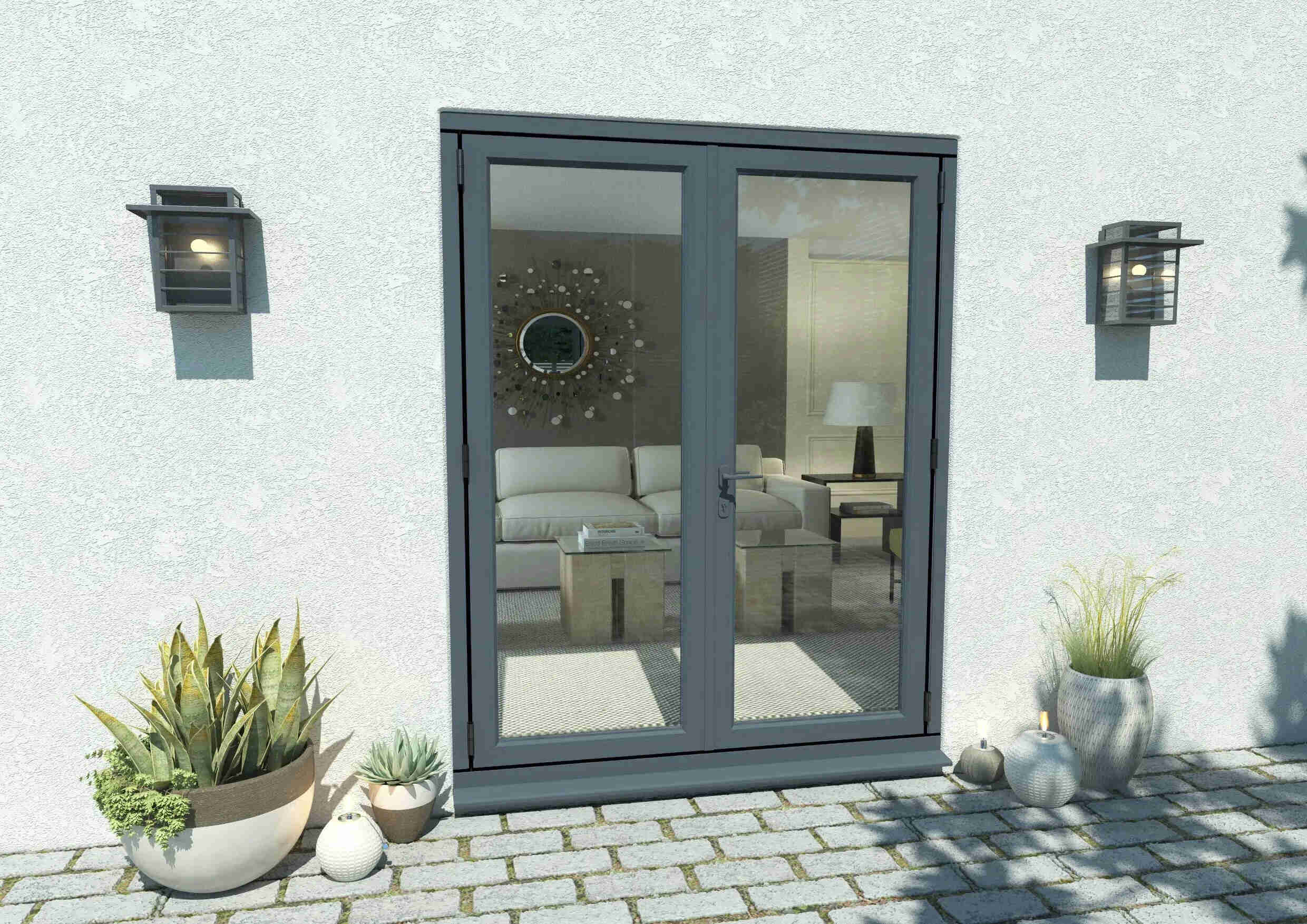



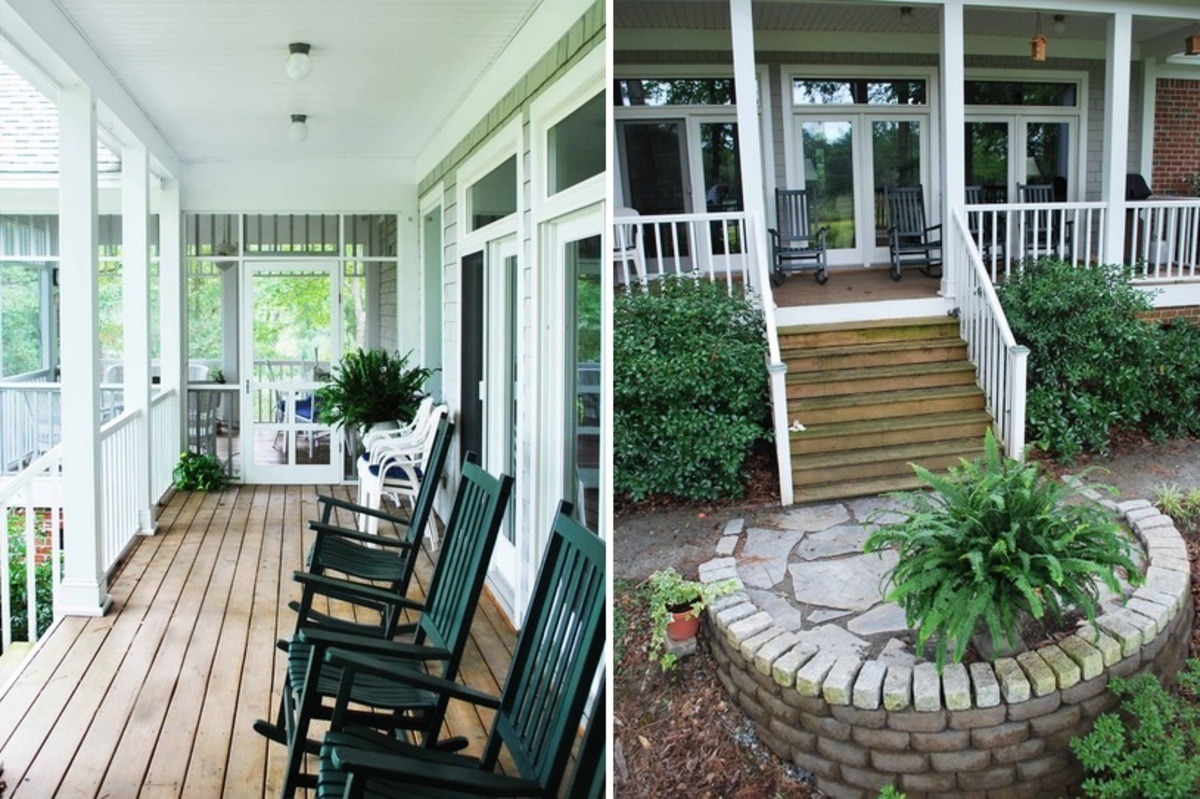
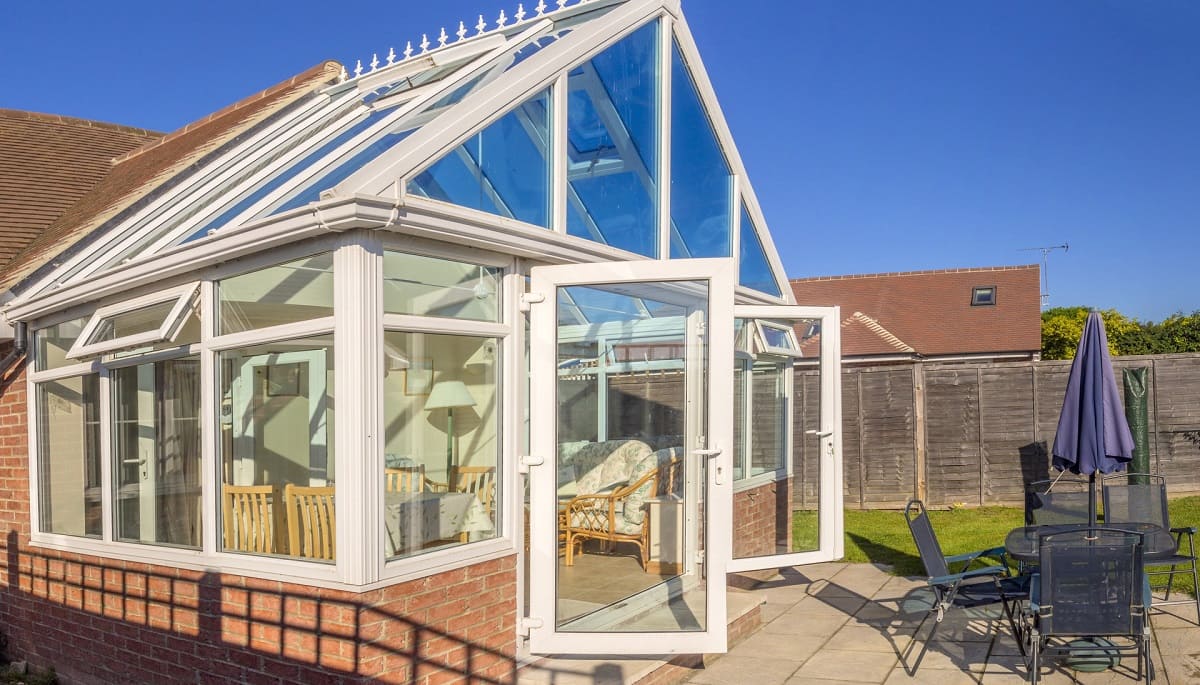
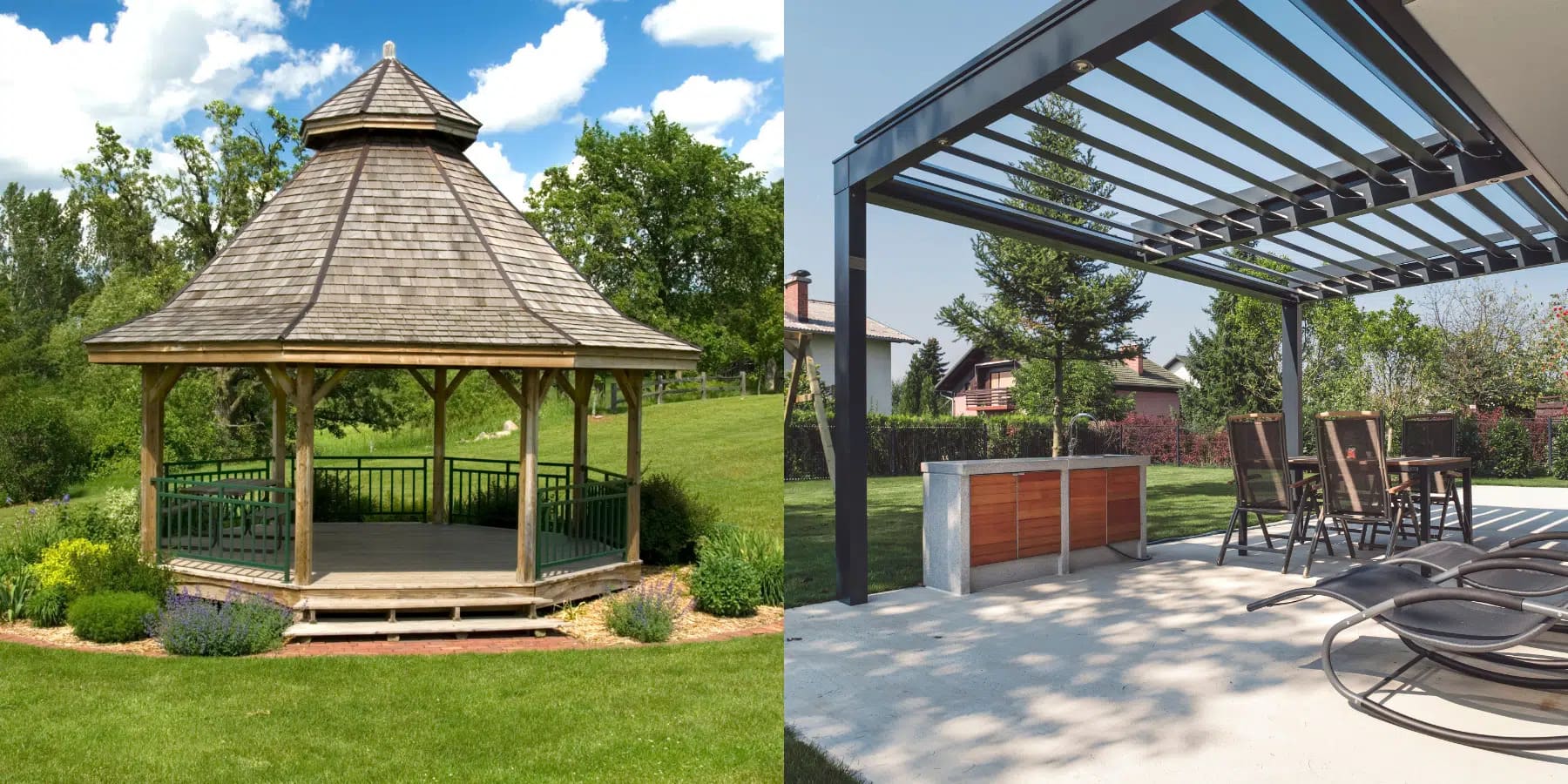



0 thoughts on “What Is The Difference Between Patio And Deck”